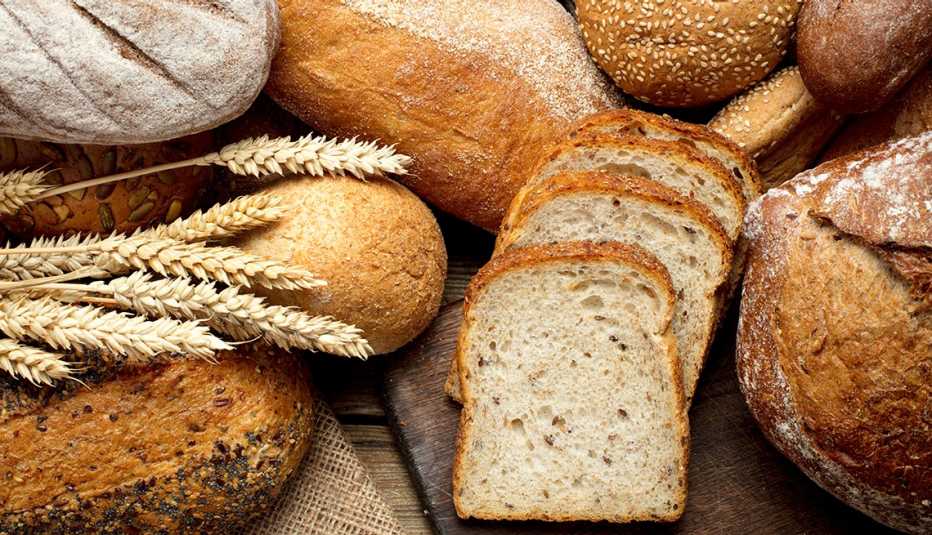AARP Hearing Center
While too much challah or ciabatta isn’t good for anyone, experts say there’s no need to nix bread for health or diet reasons. “Carbohydrates are our primary source of energy for the body, especially the brain,” says William Lendway, a registered dietitian and assistant professor of culinary nutrition at Johnson & Wales University in Providence, Rhode Island. What’s more, breads are also sources of important nutrients like fiber, iron and B vitamins, depending on which varieties you choose. “Both whole-grain and enriched breads have a ridiculous amount of wonderful attributes,” says Joan Salge Blake, a registered dietitian and professor of nutrition at Boston University.
Here’s what you need to know when it comes to choosing and enjoying your daily bread.
1. Do make half of your grains whole
The most recent dietary guidelines for Americans suggest that we make at least half of the grains we eat the whole, not refined, kind, in order to boost fiber in our diets. (A whopping 95 percent of Americans aren’t getting enough.) Whole-grain bread is an affordable and easy way to meet this goal.
To know what’s truly in a bread labeled “whole grain,” take a look at the ingredients list. The first ingredient should be “whole-grain flour” or “whole wheat flour,” Salge Blake says. If it simply says “wheat flour,” that means it’s made from the lower-fiber refined grain. (Another tip: Skip brands that list high-fructose corn syrup in the ingredient list.)
2. Don’t (completely) ditch enriched
Whole-grain bread can be a valuable way to add fiber to your diet. But certain white or wheat flour varieties are enriched and fortified with nutrients that some Americans aren’t getting enough of, Salge Blake explains. With extra iron, folate and B vitamins, enriched and fortified wheat flour–based breads can provide important nutrition to your diet. Just be sure to get fiber elsewhere in a meal when you choose white bread, such as by adding a salad of leafy greens like spinach, or an apple.





































































